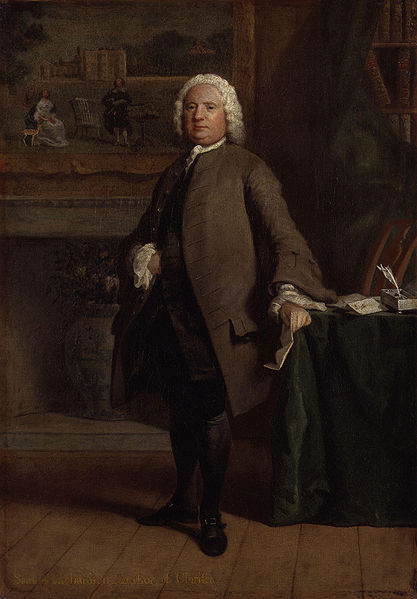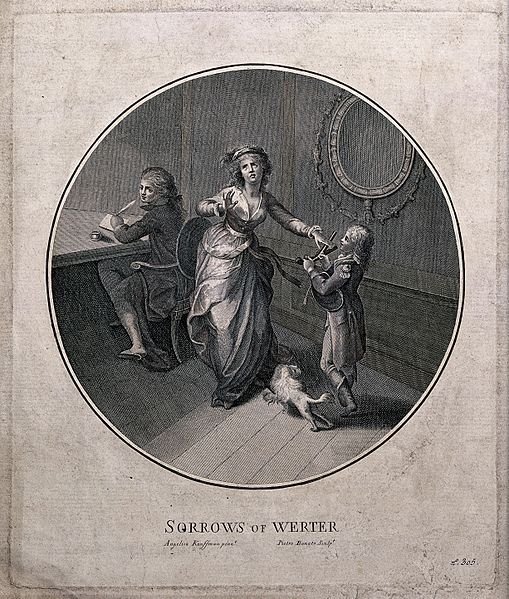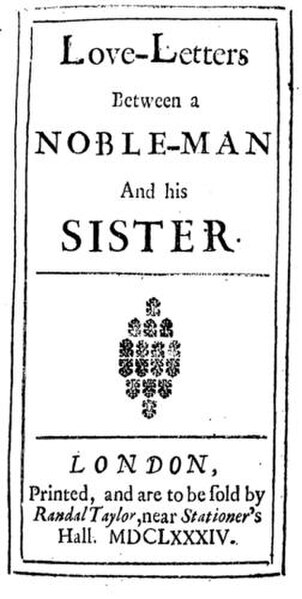Samuel Richardson was an English writer and printer known for three epistolary novels: Pamela; or, Virtue Rewarded (1740), Clarissa: Or the History of a Young Lady (1748) and The History of Sir Charles Grandison (1753). He printed almost 500 works, including journals and magazines, working periodically with the London bookseller Andrew Millar. Richardson had been apprenticed to a printer, whose daughter he eventually married. He lost her along with their six children, but remarried and had six more children, of whom four daughters reached adulthood, leaving no male heirs to continue the print shop. As it ran down, he wrote his first novel at the age of 51 and joined the admired writers of his day. Leading acquaintances included Samuel Johnson and Sarah Fielding, the physician and Behmenist George Cheyne, and the theologian and writer William Law, whose books he printed. At Law's request, Richardson printed some poems by John Byrom. In literature, he rivalled Henry Fielding; the two responded to each other's literary styles.

1750 portrait by Joseph Highmore
Portrait of Samuel Richardson by Joseph Highmore. National Portrait Gallery, Westminster, England.
Samuel Richardson reading aloud the manuscript of Sir Charles Grandison to a group of friends in 1751. Coloured Engraving by Miss Highmore. National Portrait Gallery, Westminster, England.
Title page of Pamela
An epistolary novel is a novel written as a series of letters between the fictional characters of a narrative. The term is often extended to cover novels that intersperse documents of other kinds with the letters, most commonly diary entries and newspaper clippings, and sometimes considered to include novels composed of documents even if they do not include letters at all. More recently, epistolaries may include electronic documents such as recordings and radio, blog posts, and e-mails. The word epistolary is derived from Latin from the Greek word epistolē, meaning a letter (see epistle). This type of fiction is also sometimes known by the German term Briefroman or more generally as epistolary fiction.
Young Werther writes a letter after deciding upon his suicide, the climax of Goethe's Sorrows of Young Werther
Title page of Aphra Behn's early epistolary novel, Love-Letters Between a Nobleman and His Sister (1684)
Title page of the second edition of Samuel Richardson's epistolary novel Pamela; or, Virtue Rewarded (1740), a bestselling early epistolary novel






